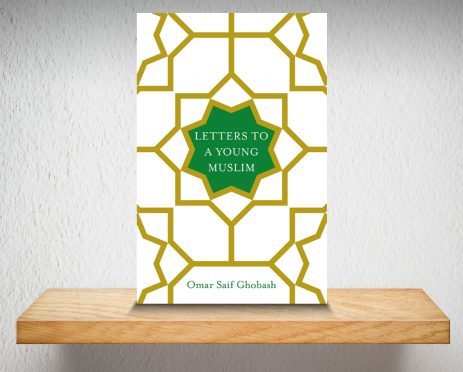Although its origins date back over 1,500 years, Islam is amongst the fastest growing religions in the world today.
Unfortunately, given the current climate, it is also one of the most misunderstood and vilified. For a young Muslim growing up in the 21st century therefore, the question of how to be faithful to Islam and its inherent values, yet navigate the many challenges posed in the modern world, specifically in the face of extremist ideology, differing beliefs and Islamophobia, is a difficult one.
So it is that Omar Saif Ghobash sets out in this book to encourage dialogue and examination of one’s faith. Although as the title suggests, there is a personal motivation, the issues discussed are relevant to all, Muslims and non-Muslims alike, and reflect on the need for new ways of thinking about the world that encompass tolerance, diversity and responsibility.
Ghobash’s is a brave and enlightened voice that goes a long way to countering much of the negative discourse that has come to surround Islam. He is quick to tackle some of the toughest questions that Muslims face today and the vision he presents is both poignant and affirmative.
Above all, he stresses the role of the individual Muslim: “We have a duty… to bring our highest and best qualities to Islam as we practice it. If we do not, the deficiency is not with Islam, the deficiency is within us.”
This book is an absolute pleasure to read; it is a positive manifesto for our times that we could all learn something from.










